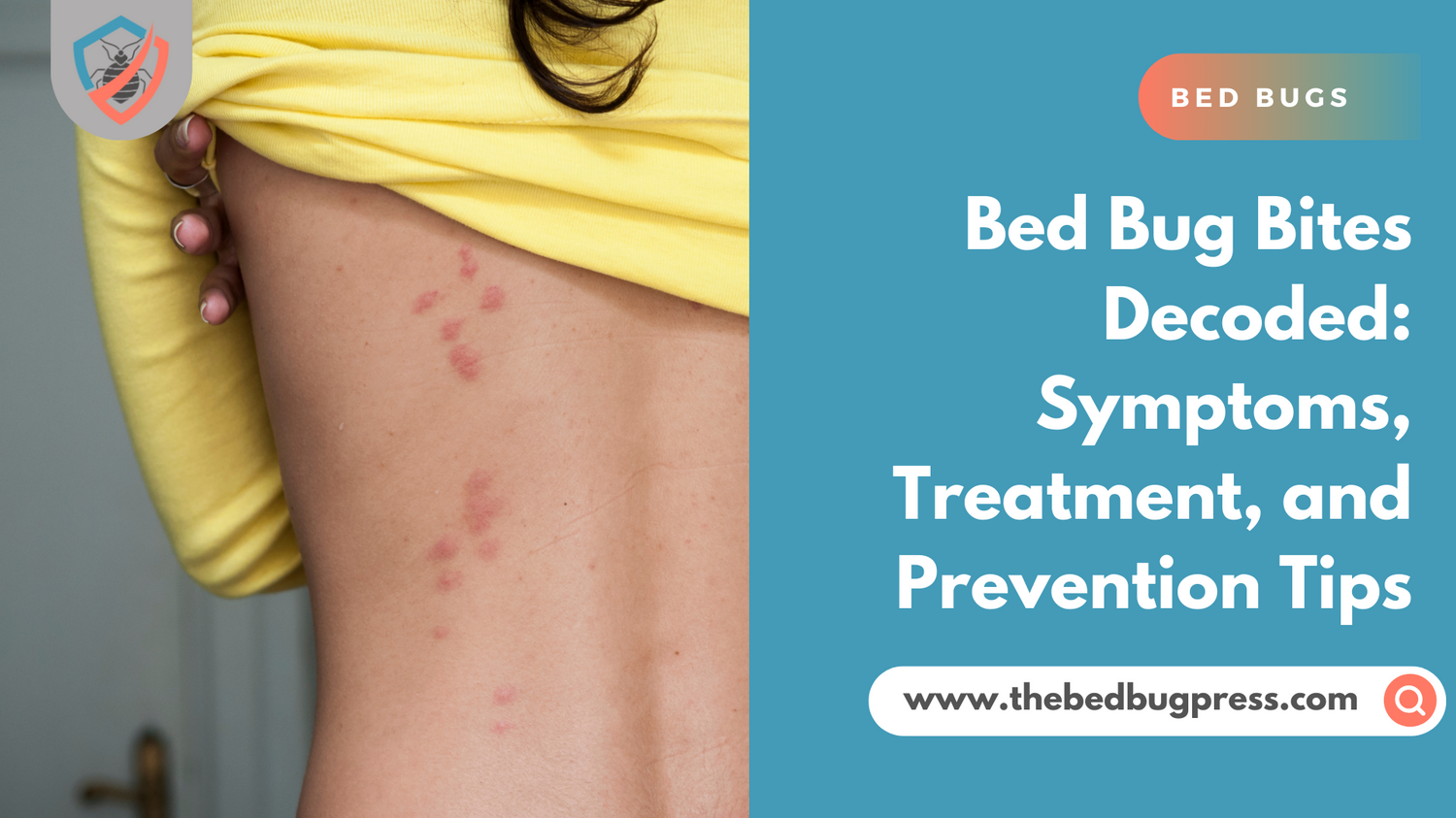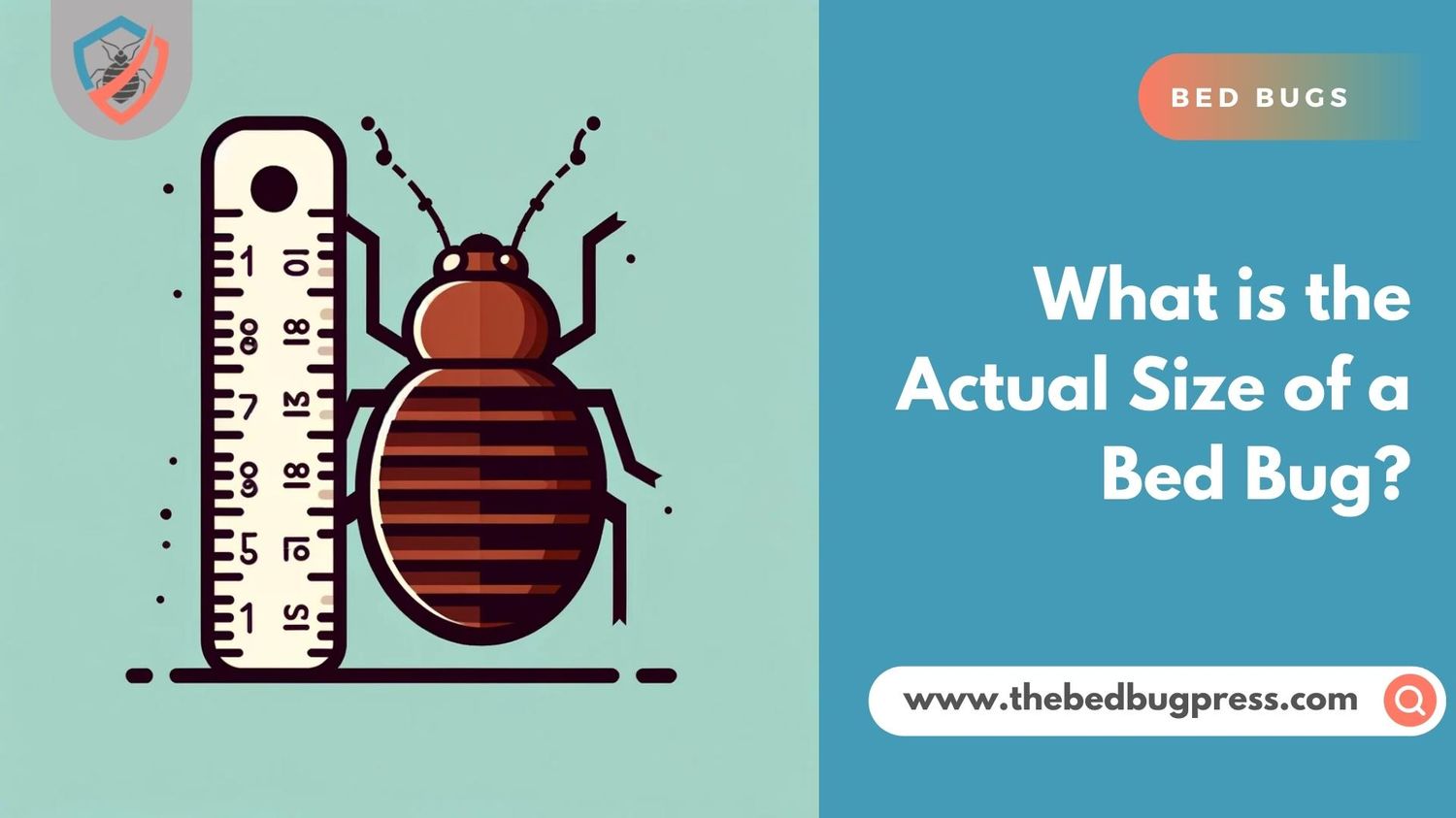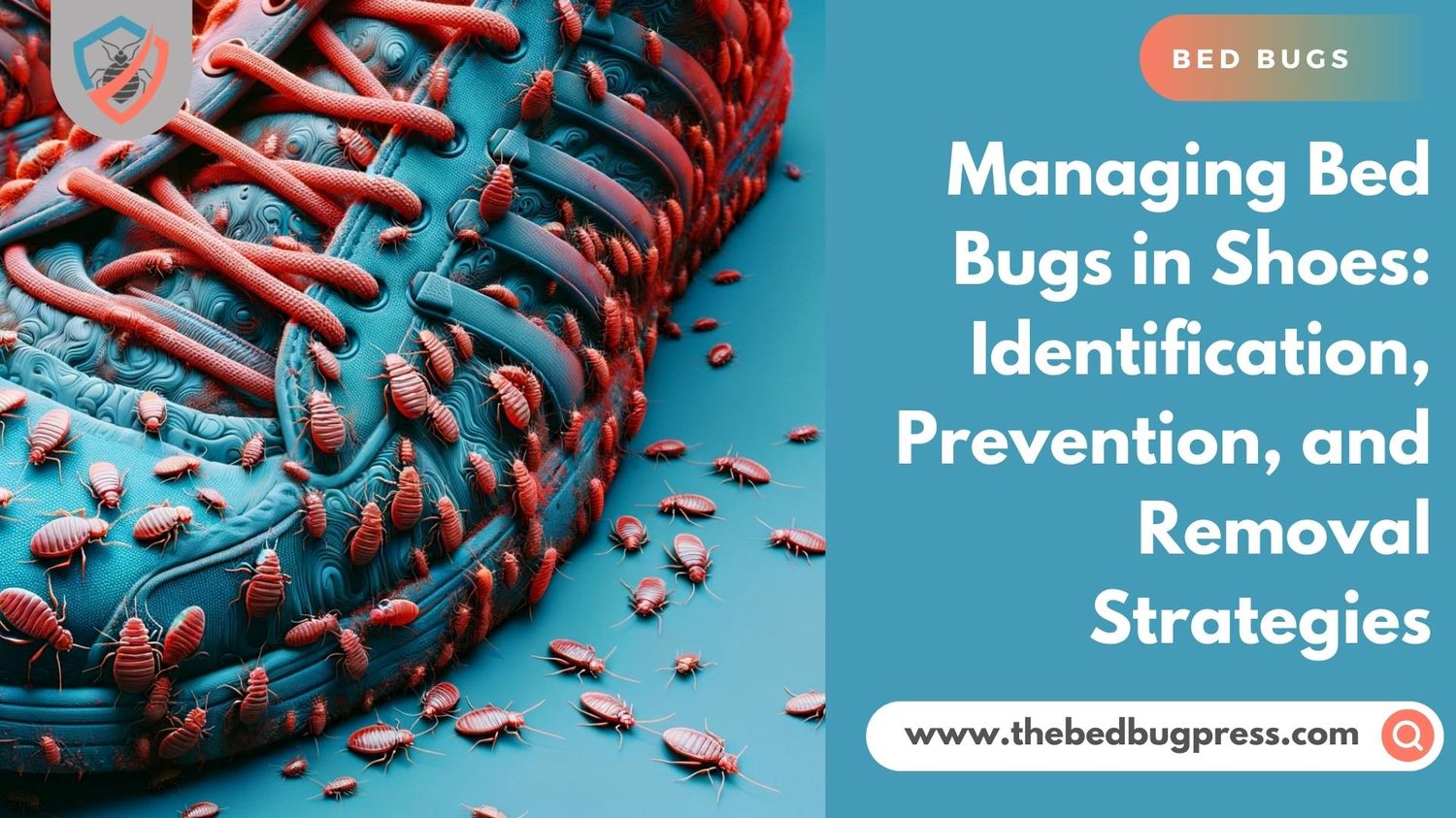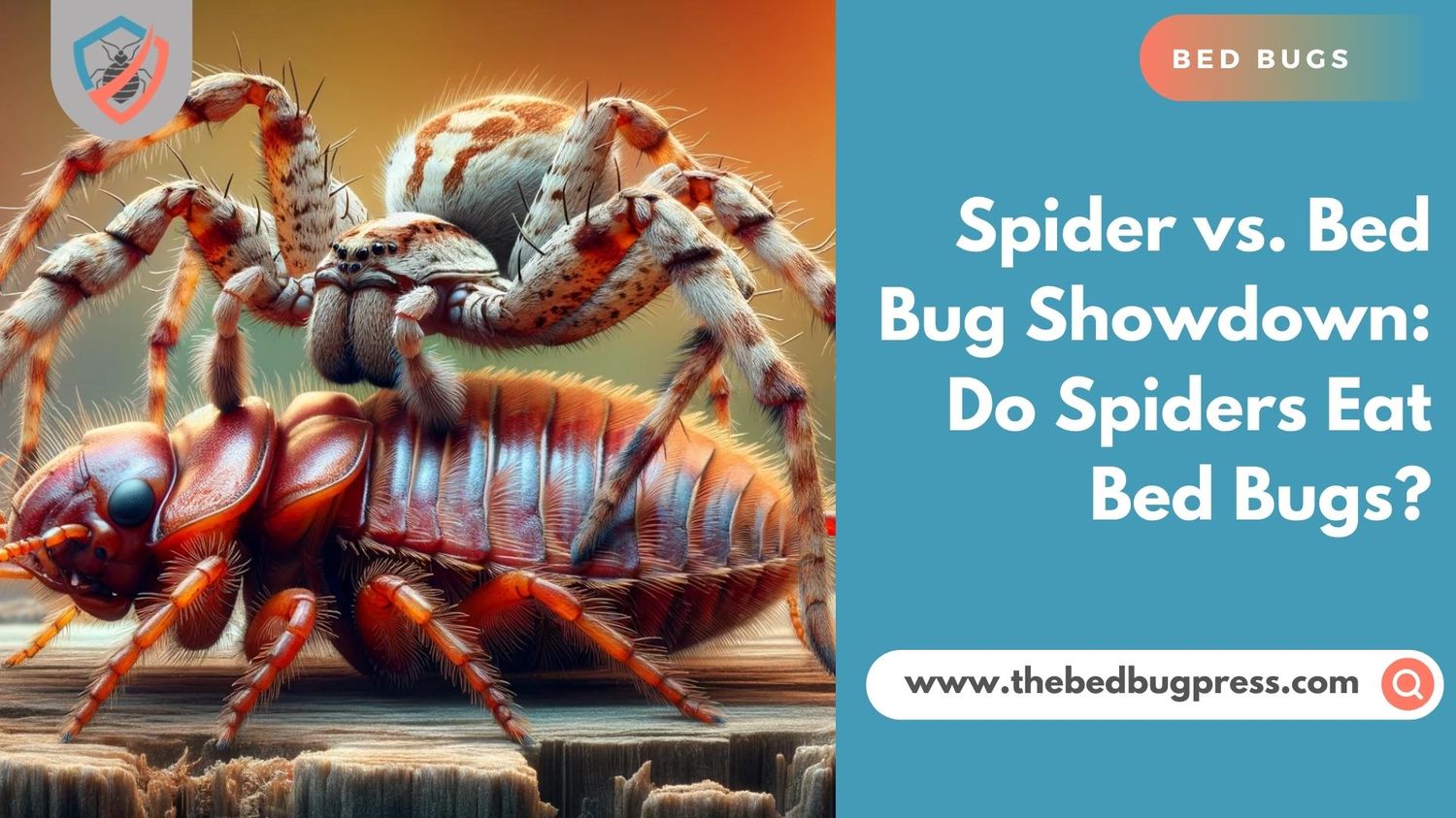Bed bugs are notorious for being difficult to get rid of, and their resilience can leave people wondering just how long they can survive in different environments. One common question is how long bed bugs can live in a sealed plastic bag. In this article, we’ll explore more on this topic to give you a better understanding of how to handle these pesky pests using a plastic bag.
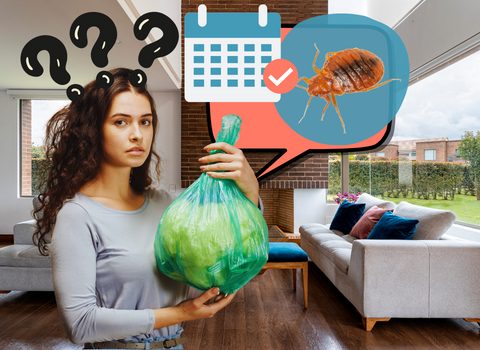
Uncovering the Lifespan of Bed Bugs Inside Plastic Bags
Sealing bed bug-infested items in plastic bags is a common method used to control bed bug populations and eventually kill bed bugs. However, it’s essential to understand how long bed bugs can survive in these sealed bags to ensure the effectiveness of this method.
Bed Bugs vs. Vacuum Sealed Bags: How Long Can They Last?
Dealing with a bed bug problem can be a nuisance and cause discomfort for everyone affected. One way to help control these small bed bugs is to seal them in plastic bags, but how long can the bugs survive in such an environment?
Research has shown that adult bed bugs can survive for several weeks to several months when placed in a vacuum-sealed bag, depending upon the conditions inside the bag. Nymphs (younger bed bugs) may not be able to survive vacuum storage bags as long as adults. However, it’s important to note that simply placing infested clothes or items in plastic bags may not be enough to fully eradicate an entire infestation.
To thoroughly eliminate bed bugs from your home, it’s necessary to work with a professional pest control service that can develop a comprehensive treatment plan for eliminating bed bugs, which includes vacuuming, thorough cleaning, and targeted pesticide treatments.

Do Bed Bugs Need Air to Survive
Like all living creatures, bed bugs need air to survive and for a bed bug life cycle to continue. Bed bugs, also known as Cimex lectularius, are small, reddish-brown parasitic insects that feed on the blood of humans and animals. They have a respiratory system that requires oxygen to function.
Bed bugs do not have lungs like humans, instead, they have a series of tiny tubes called tracheae that run throughout their bodies. These tracheae allow oxygen to diffuse into the bed bug’s body and carbon dioxide to diffuse out.
However, bed bugs can survive for extended periods without air. In fact, they can survive for several months without a blood meal, which means they can remain hidden in furniture, bedding, and clothing for a long time without being detected. Nevertheless, they still need fresh air, to survive in the long run.
Does Vacuum Sealing Stop Bed Bug Infestations
Using vacuum storage bags and sealing them can help stop the spread of a bed bug infestation, but it is not enough to completely eradicate them.
Bed bugs are small and resilient pests that can easily survive for several months in sealed plastic bags or other airtight containers. However, if conditions inside the containers become too extreme (i.e., too hot or cold) then the few bed bugs inside may die quicker.
To completely eradicate bed bugs from your home, it’s important to work with a professional pest control service that can develop a comprehensive treatment plan which includes thorough cleaning, vacuuming, and targeted pesticide treatments.
Vacuum sealing alone may contain the infestation temporarily but will not be effective in eliminating all the bugs in the long run.
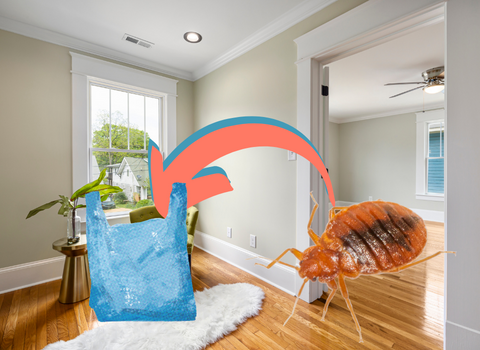
Is Placing Clothes in Bags an Effective Way to Kill Bed Bugs?
Putting clothes or infested stuffed animals in a plastic bag is not an effective way to kill bed bugs. Although the temperatures inside a bag may reach levels high enough to suffocate bed bugs and eventually kill bed bugs, it is difficult to maintain those temperatures consistently. Furthermore, bed bugs can survive for several weeks even in sealed plastic bags, so they are unlikely to be eliminated by this method.
The most effective way of killing bed bugs is through targeted pesticide treatments administered by a professional pest control service. These treatments involve the application of insecticides or bed bug sprays specifically designed to target and eliminate bed bug infestations.
In addition to these, thorough cleaning, vacuuming, and other methods of treatment may also be used to ensure the complete eradication of the pests.
Is It Possible for Bed Bugs to Escape from Plastic Bags?
It is possible for bed bugs to escape from plastic bags. Bed bugs are small and resilient pests that can survive for several months even in an airtight bag or container. If left unchecked, they may be able to find their way out of the plastic bag or container and continue to spread throughout your home.
To prevent the escape of bed bugs from plastic bags, it’s important to monitor them closely and ensure that temperatures inside the bags do not become too extreme (i.e., too hot or cold) which could kill bed bugs quickly.
Using a plastic bag alone won’t be killing bed bugs. However, the chances for bed bugs live in vacuum-sealed bags can be lower as this minimizes the air supply that a bed bug needs.
Additionally, if you suspect an infestation in your home then it is best to work with a professional pest control service that can develop a comprehensive treatment plan which includes thorough cleaning, vacuuming, and targeted pesticide treatments.

The Duration of Bed Bug Survival in Ziplock Bags
Bed bugs can survive for up to several weeks in a Ziplock bag or bags. Depending on the environment and temperature, the bed bugs hiding there may be able to survive even longer.
For example, if the bag is stored in a cool and dry place, then the bed bugs will have a better chance of survival.
To ensure that bed bugs do not escape from Zip lock bags, it is important to monitor them closely and make sure that temperatures do not become too extreme (too hot or cold) which could kill bed bugs quickly.
Additionally, it is also important to ensure that all seams of the plastic bag are firmly sealed to prevent any air or moisture from getting inside which could encourage the pests to escape.
What Are the Chances of Bed Bugs Getting the Inside of Plastic Storage Bins?
The chances of bed bugs getting inside plastic bins depend on the type of bin and how it is used. If the bin is tightly sealed with a lid, then there is a lesser chance of bed bugs getting inside. However, if it has small openings or cracks, then that could be an avenue for the bed bugs eggs, or adult bugs to enter the bin plastic bins.
Additionally, if the plastic bin is kept in an area where there are a lot of bed bug infestations (e.g., near furniture small toys, or other objects prone to infestation) then this increases its chances of being exposed to these pests.
Make sure to keep an eye out for signs of an infestation and take steps to stop bed bugs from getting in and prevent an infestation from occurring.
Investigating the Factors That Affect Bed Bug Survival in Sealed Bags
Bed bugs are known to be resilient and can survive in various environments. When it comes to sealed bags, the answer to how long can bed bugs live in plastic bags depends on certain factors. Here are some factors to consider when investigating the survival of bed bugs in plastic bags:
Temperature:
Temperature plays a significant role in the survival of bed bugs. Extreme heat or cold can kill bed bugs, while temperatures within a certain range can allow them to survive. In sealed bags, temperature control is critical to ensuring that bed bugs do not survive.
Humidity:
Bed bugs require a certain level of humidity to survive. When the humidity is too low or too high, they may not be able to survive. Sealed bags can help to regulate humidity levels and prevent bed bugs from surviving.
Oxygen levels:
As mentioned earlier, bed bugs need oxygen to survive. Sealed bags can restrict the amount of oxygen that bed bugs have access to, which can impact their survival. However, bed bugs can survive for a period with limited oxygen levels.
Length of time in the sealable plastic bag:
The longer bed bugs are in a plastic bag, the more likely they are to die. If the bed bug adults or bugs are also trapped inside in a plastic bag for an extended period, they may not be able to survive due to the lack of food and water.
Size of the bag:
The size of the plastic bag can also affect bed bug survival. Smaller bags may have very little oxygen or air supply, and space for bed bugs to move around, suffocating bed bugs and making it more difficult for bed bugs live.
When investigating the factors that affect bed bug survival in sealed bags, it is essential to consider temperature, humidity, oxygen levels, length of time in the sealed bag, and the size of the bag. By controlling these factors, it is possible to prevent adult bed bugs from surviving in sealed bags.
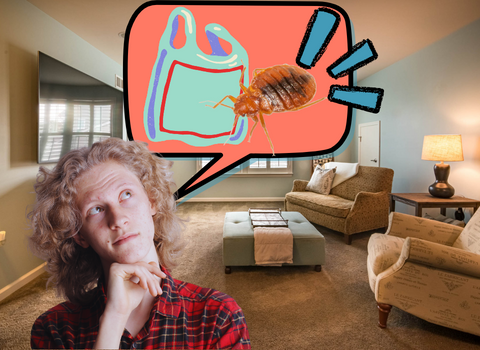
Bagging Bed Bugs: Tips and Tricks to Keep Them Captive
Bed bugs are pesky little creatures that can wreak havoc in your home. If you’ve ever had an infestation, you know just how difficult it can be to get rid of them. But what if you could keep them captive? Below are some tips and tricks for bagging bed bugs and keeping them captive:
Get the right equipment:
First things first, you’ll need the right equipment. You’ll need a vacuum cleaner, plastic bags, and a magnifying glass for baby bed bugs. You’ll also need some sealable containers for storing the bed bugs.
Vacuum the bed bugs:
Start by vacuuming the bed bugs off your bed frames, furniture, and carpet. Use the crevice tool attachment of your vacuum cleaner to get into cracks and crevices. Be sure to vacuum every inch of your home where bed bugs might be hiding.
Bag the bed bugs:
Once you’ve vacuumed up all bed bug adults along with bed bug eggs, it’s time to bag them. Put the plastic bag over the end of the vacuum hose and secure it with a rubber band. Turn on the vacuum and suck the bed bugs into the bag. Once you’ve collected them all, seal the entire bag up to suffocate the bed bugs, and dispose of it in the trash.
Study the bed bugs:
Now that you’ve bagged the bed bugs, it’s time to study them. Use the magnifying glass to get a closer look at their features. You can also observe their behavior and habits.
Keep the bed bugs captive:
If you want to keep the bed bugs captive for a longer period, you’ll need to transfer all the bed bugs you caught from a plastic bag to a sealable container. Put a few bed bugs in each container and seal it tightly. You can use these containers to study the bed bugs or show them off to your friends.
While bed bugs are certainly a nuisance, they can also be fascinating creatures to study. By following these tips and tricks, you can keep them captive, let them live in a plastic bag for a while, and learn more about them. You can be the one learning how long bed bugs live as you keep them captive in plastic bags. Just be sure to dispose of them properly when you’re done and keep a bed bug free home.



